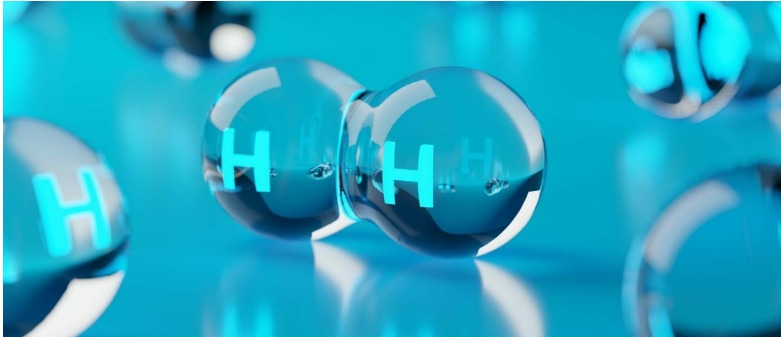What is Turquoise Hydrogen?
Turquoise hydrogen is hydrogen produced through the thermal splitting of natural gas in a process called methane pyrolysis. Pyrolysis is the breakdown of fossil fuels such as natural gas, biomass, and waste materials under a high temperature and without the presence of oxygen into useful products like chemicals, biofuels, and carbon black.
Turquoise hydrogen is produced through methane pyrolysis, separating carbon from hydrogen. Learn the definition of turquoise hydrogen and what it is, plus its benefits in sustainable energy production.







